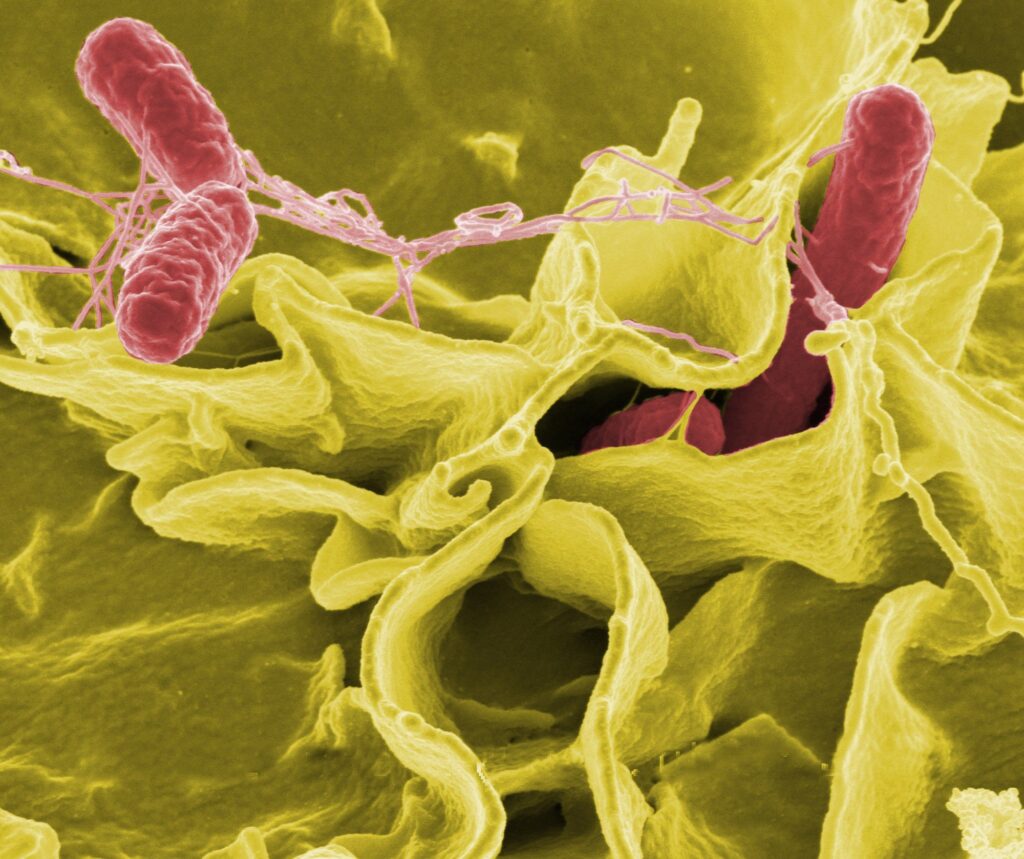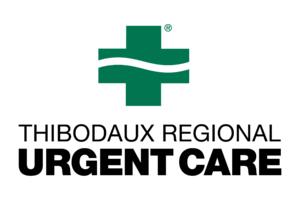Your skin is your body’s largest organ and its first line of defense.
Wounds break your skin and surrounding tissue. Most of the time, your skin heals itself and repairs damages caused by a scrape or gash. But if the proper treatment isn’t applied, a wound becomes infected.
An infected cut needs to be treated as quickly as possible. Without proper medical care, you risk potentially deadly complications.
Recognize an Infected Cut
The first steps to healing an infected cut are to first recognize its signs. Telltale symptoms include:
- Swelling
- Redness
- Itchiness
- Draining puss (yellow-green color)
- Pain around the wound
- Fever
If left untreated, an infected area is a severe medical concern. It can lead to extreme fever, body aches, and nausea.
Infected Cut Risk Factors
Any wound can become infected if left untreated. If you don’t clean your injury within the first 8 hours, your risk of infected increases significantly.
A wound is likely to become infected if it’s located on your hand, leg, armpit, or groin. It may become infected if the cut is deep, heals slowly, or is exposed to dirt or saliva. Animal bites and injuries resulting from construction tools (nails, glass, wood, etc.) are most likely to become infected.
People suffering from poor blood circulation, diabetes, malnutrition, alcoholism, or who have an overall weak immune system are more likely to develop infected cuts.
If your cut is infected, the infection spreads to your skin’s deep tissues, called the cellulitis. Once there, the infection can reach your bloodstream, allowing harmful bacteria to infect your entire body. If this happens, you’ll start to feel sick all over.
Preventing an Infection
If you experience a cut or scrape, it will normally heal without needing medical care. Your goal is to keep the area clean to avoid infection and bodily harm.
First, stop any bleeding. Press a clean, soft cloth against the cut for two to ten minutes, depending on the amount of blood. Small wounds should stop bleeding after a few minutes as your blood clotters seal the wound.
Once the bleeding ceases, clean the wound. Run warm water over the area for five minutes. Add soap to wash the surrounding skin.
While cleaning, look out for dirt and debris in your wound. To be safe, layer antibiotic ointment around the area. We recommend Neosporin as an excellent topical wound care cream.
Wait for the area to dry and cover it with gauze or a band-aid. This prevents external germs from getting into the wound and infecting it.
While your wound heals, you should remove the bandage and wash the area. This should be part of your daily routine until the area is totally sealed and no longer at risk of infection.
Remember to never pick at the area. This leads to scarring and scabbing. Let the area heal at its own pace while you keep a careful eye on it.
If at any point the cut gets worse or you experience excessive pain around the area, seek medical help.
Visit Thibodaux Urgent Care
An infected cut is a serious health concern. Prevent an unwanted infection by taking proper care of a wound as soon as it occurs.
For all things medical, you can rely on Thibodaux Medical Center to help. We’re available seven days a week with flexible hours to meet your schedule. Contact us to learn more.




